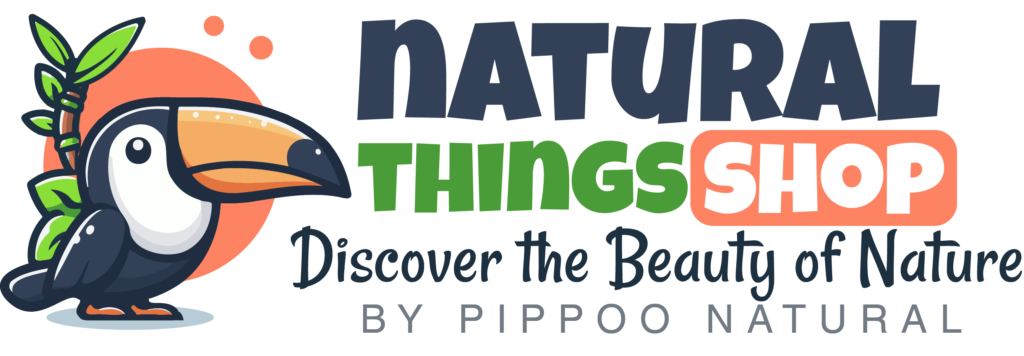Milk and Dairy Products:
The Benefits, Risks, and Proper Consumption Methods
In this article, we will present the views of Aidin Salih, a Ukrainian medical doctor and also an expert in alternative medicine and herbal treatment, on “The Benefits, Risks, and Proper Consumption Methods of Milk and Dairy Products”
The only essential food for a baby up to 2 years old is breast milk. After the age of 2, humans lose the ability to digest milk in the stomach. From this point on, milk is digested with the help of the microbes in the milk itself and those in the intestines. The milk of all animals, including cow’s milk, should be consumed while it is still warm right after milking. This is because freshly milked milk contains microbes and enzymes that facilitate digestion. Once milk is left to sit, harmful microbes proliferate, making the milk unsafe to consume, necessitating boiling. However, boiling milk makes it harder to digest because the enzymes and microbes that aid in digestion are killed at temperatures between 43-54°C. Given that neither humans nor animals are as healthy as they once were, it is necessary to boil milk today.In individuals undergoing antibiotic treatment, both harmful and beneficial gut bacteria are destroyed, making milk indigestible. This can lead to excessive mucus production, calcification, osteoporosis, blockages in the liver, spleen, and blood vessels, cataracts, gallstones, kidney stones, tooth decay, and gum disease (especially in those with blood type “O” and “A”). Milk from different cows, when mixed and pasteurized, can only be safely consumed after boiling, preferably with the addition of ginger and a little honey when slightly warm. Sprinkling ginger or cinnamon on dairy desserts can help ease digestion.
Milk should be considered a food, not a drink. It should be consumed in small sips and held in the mouth for a while. Engaging in rapid movements, sleeping, or eating immediately after drinking milk can lead to kidney and bladder stones, especially in those with blood type “O” and “A.”
The best way to consume mixed and pasteurized milk is by making yogurt.
Ancient scholars knew that the nature of milk varies according to the animal’s color, size, body structure, and whether it is lean or fat, or if its meat is tough or tender—in other words, according to its temperament. Just as humans and plants have four different temperaments, so do animals. (The closest analogy for humans is the four different blood types.) This is why not everyone can drink milk from any cow. One should only consume milk from a cow with a temperament similar to their own, just as a mother’s milk may sometimes not suit her child. Therefore, it is not healthy to replace a native breed with one from another country or to mix milk from different cows.
Growth hormones given to cows to increase milk production can raise the growth factor (IGF-1) in humans. Growth factor can cause cancer by promoting uncontrolled cell proliferation in nearly all tissues.
- Drinking natural fresh milk with honey improves skin complexion and promotes weight gain. Honey milk is beneficial for elderly people with dry and cold temperaments, as it reduces dryness and balances coldness.
Milk is harmful in conditions such as tumors and cancer, liver, spleen, kidney, and skin diseases, as well as headaches, tinnitus, and dizziness. For these conditions, only camel milk is beneficial.
Homemade Natural Yogurt
- Cacık (yogurt with cucumber) lowers fever. If onions are added, it is also effective against infectious diseases.
- Boiling yogurt after removing the cream and drinking it can stop diarrhea, even bloody diarrhea.
- Fatty yogurt soothes the pain of new burns, especially sunburns, and speeds up healing.
- Yogurt whey cleanses the blood, opens blockages in the liver and spleen, dissolves kidney stones, and is beneficial for jaundice.
- Externally applied yogurt whey cleans and closes wounds, removes freckles, and heals cold sores quickly.
- Drinking yogurt whey on an empty stomach relieves gas and enriches intestinal microflora.
- For those who are excessively thin, starting the day with yogurt whey purifies the blood, cools the hot bile, relieves the spleen and intestines, aids digestion, and helps with weight gain.
- Washing hair with yogurt whey makes it shine and grow faster.
Cheese
Cheese is the most difficult dairy product to digest because the water in the milk is separated during its production. Eating cheese with vegetables or salads that contain light, water-rich components helps to ease its digestion. Ancient physicians said, “Eating cheese alone causes illness, but when combined with walnuts, it brings health.” Cheese with preservatives is as difficult to digest as long-life milk. Excessive cheese consumption can cause calcification in the body, kidney and bladder stones, vascular blockages, and osteoporosis. Fresh kashkaval and cream cheese are particularly hard to digest.
People with blood type “O” tend to enjoy moldy cheese even if they haven’t eaten it before. This is because those with blood type “O” find it difficult to digest cheese. The microorganisms in moldy cheese make it easier to digest. People with blood type “O” should consume cheese no more than 2-3 times a week and not exceed 30-50 grams per serving.
Butter
Butter soothes the stomach and intestines and strengthens the body. It has been used in ointments and medicines since ancient times.
Healthy individuals with blood type “O” or “B” can consume butter 3-5 times a week. However, those with blood type “A” and “AB” have difficulty digesting butter. Undigested butter residues can cause acne, boils, and vascular blockages. In Tibet, where the majority of the population has blood type “A,” people eat butter after it has been allowed to mold. Like cheese, butter is easier to digest once it has molded.


